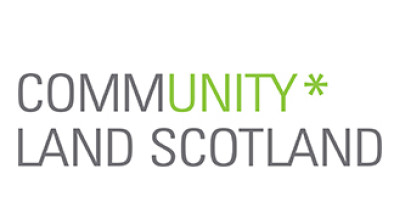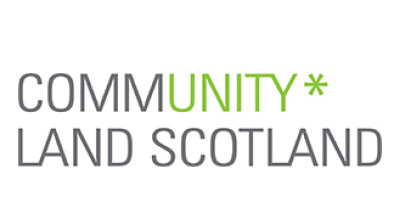Call for £100m community wealth fund to help locals contribute to Scotland’s future
A £100 million community wealth fund should be established to ensure a wider spread of opportunities to assist Scotland’s pandemic recovery and the nation’s response to the climate emergency, according to Community Land Scotland (CLS).

The organisation, which represents community land owners who manage 560,000 acres, said the fund could be created using a reported £860m windfall from the Crown Estate Scotland auction of seabed plots for offshore wind farms.
In a letter to First Minister Nicola Sturgeon, CLS said the cash would be used to deliver a “paradigm shift” in the contribution of local communities, enabling groups to “scale up” sustainable projects that have already proved hugely successful.
Ailsa Raeburn, CLS chairwoman, said: “We all know what is amazing about Scotland and what contribution can be made from Scotland’s land to reaching net-zero, but we’ve all been talking about the whole ‘green laird’ scenario, and how the private sector, and the already wealthy, are hoovering up all the opportunities.
“This is an opportunity for the community to get their foot back in the door and say, ‘with the next phase of renewables, to reach net-zero, let communities be an equal partner in that’.”
Last year, CLS and the Community Woodlands Association produced a report outlining the various ways that community landowners “provided an anchor for local residents as the tide of infection flooded” during the Covid-19 pandemic.
Examples included the north of Lewis, where the Galson Estate Trust developed a communication system to contact its 1,900 residents, many of them elderly, in 800 households across 22 villages.
The proposed wealth fund would be used to support community groups develop ambitious projects that can help achieve multiple economic and social aims, such as easing the housing crisis, fuel poverty and other causes of depopulation in rural areas.
“If you look at organisations on Uist or Galson or Gigha, they’ve been able to develop their own renewable projects, and then take the income from that and reinvest that back into the local economy,” Ms Raeburn said.
“If you see all the stuff that’s happening on Gigha and Knoydart and places like that, it’s this whole idea of none of that wealth being extracted.
“So you haven’t got a landowner coming in, building 12 wind turbines and taking all of the income from those 12 wind turbines.
“If the community could build those 12 wind turbines on land that they owned, all of that income would go back into supporting local projects, affordable housing, better broadband infrastructure, and down to things like after-school clubs.
“It’s the potential here to create a fund which would allow communities to continue to generate longterm income for themselves from their own local natural wealth.”







